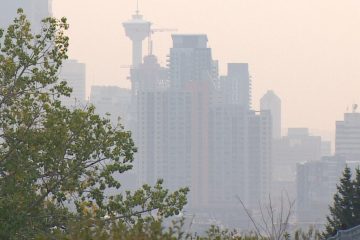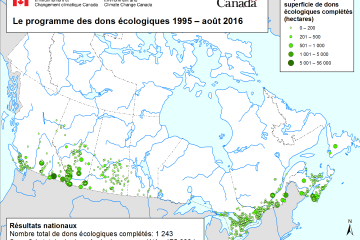The Crucial Role of Greenland in Climate Change

Introduction
Greenland is increasingly gaining attention due to its significant role in understanding climate change. As the world grapples with rising temperatures and melting ice caps, the Arctic region, particularly Greenland, is at the forefront of these environmental challenges. The melting of Greenland’s vast ice sheet poses a threat not just to local ecosystems but also has profound implications for global sea levels and weather patterns. This topic has become increasingly relevant as scientists and policymakers look for solutions to mitigate climate change impacts.
Current Climate Trends in Greenland
In recent years, studies have shown alarming rates of ice loss in Greenland. According to the National Snow and Ice Data Center, the ice sheet is melting at an accelerated pace, losing an estimated 279 billion tonnes of ice annually between 1993 and 2019. This trend has continued to worsen in 2023, with unprecedented melting events recorded during summer months. The dire situation is driven by rising air temperatures, which are increasing approximately 4°C over the last century in the region. Additionally, warmer ocean currents are eroding ice from below, compounding the threat to Greenland’s ice stability.
Implications for Global Sea Levels
The implications of Greenland’s melting ice extend far beyond its borders. Experts estimate that if the Greenland Ice Sheet were to completely melt, global sea levels could rise by approximately 7 meters (about 23 feet), inundating coastal cities and displacing millions. The Intergovernmental Panel on Climate Change (IPCC) has included Greenland’s ice melt as a critical factor in projecting future sea-level rise, urging urgent global action to reduce greenhouse gas emissions. As sea levels rise, the threat to low-lying nations increases, particularly small island developing states.
International Response and Future Outlook
In response to these challenges, international efforts are underway to address climate change and its impacts on Greenland. Countries participating in climate agreements like the Paris Accord are focused on limiting global temperature rise, which could help mitigate some of the changes impacting Greenland. Additionally, local initiatives aimed at improving sustainable practices in the region are gaining traction. Indigenous communities are playing a vital role in conservation efforts, pushing for policies that reflect the needs and knowledge of those most affected by the changing environment.
Conclusion
Greenland’s current environmental status is a crucial factor in our global fight against climate change. With rising ice melt contributing to increasing sea levels and threatening ecosystems worldwide, understanding Greenland’s condition is critical for informed decision-making and sustainable action. As international attention continues to focus on this Arctic territory, it serves as a stark reminder of the urgent need for climate action and the importance of protecting our planet’s future.









